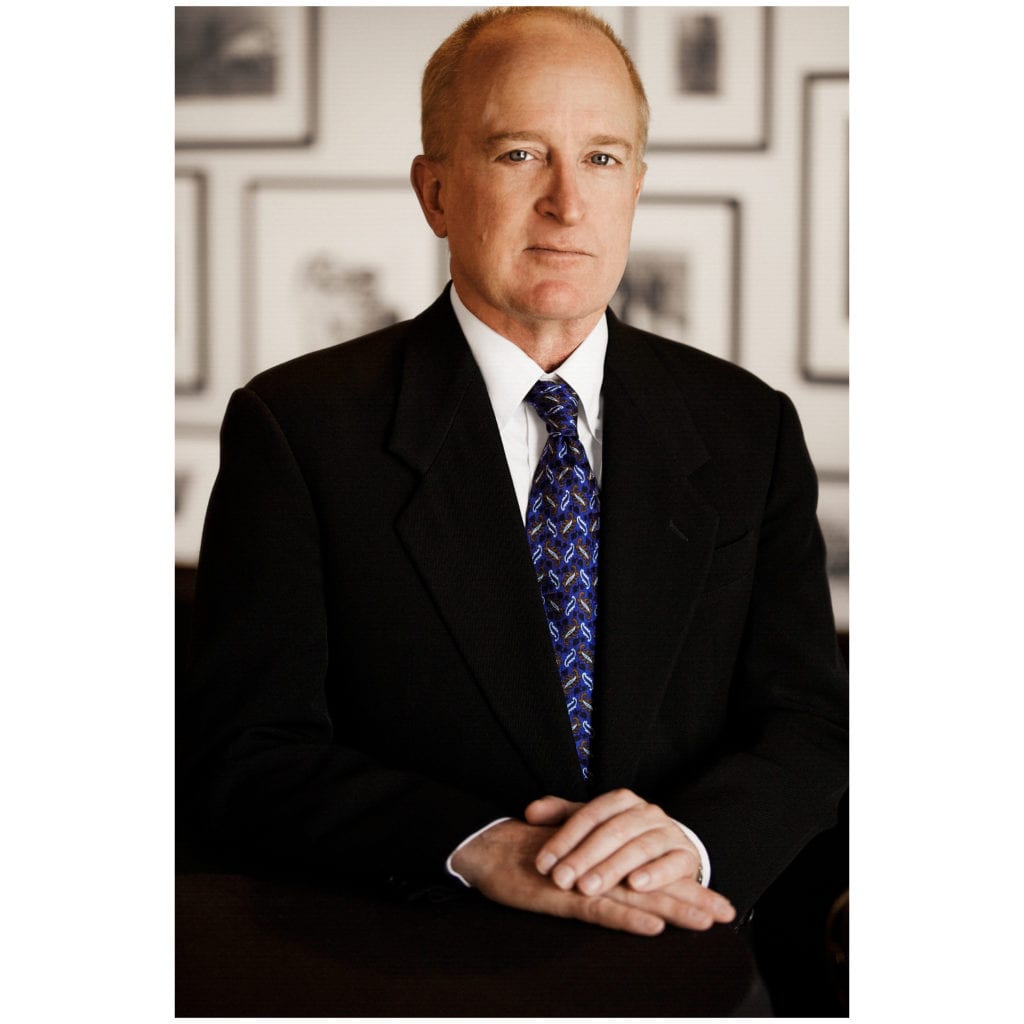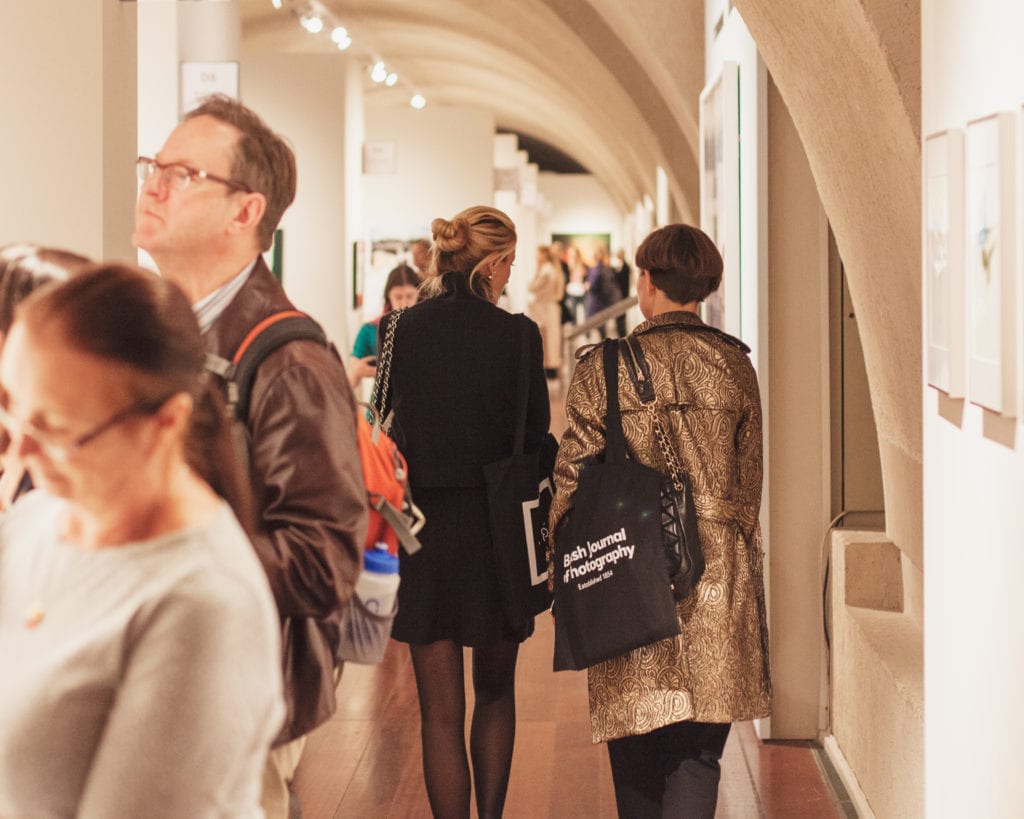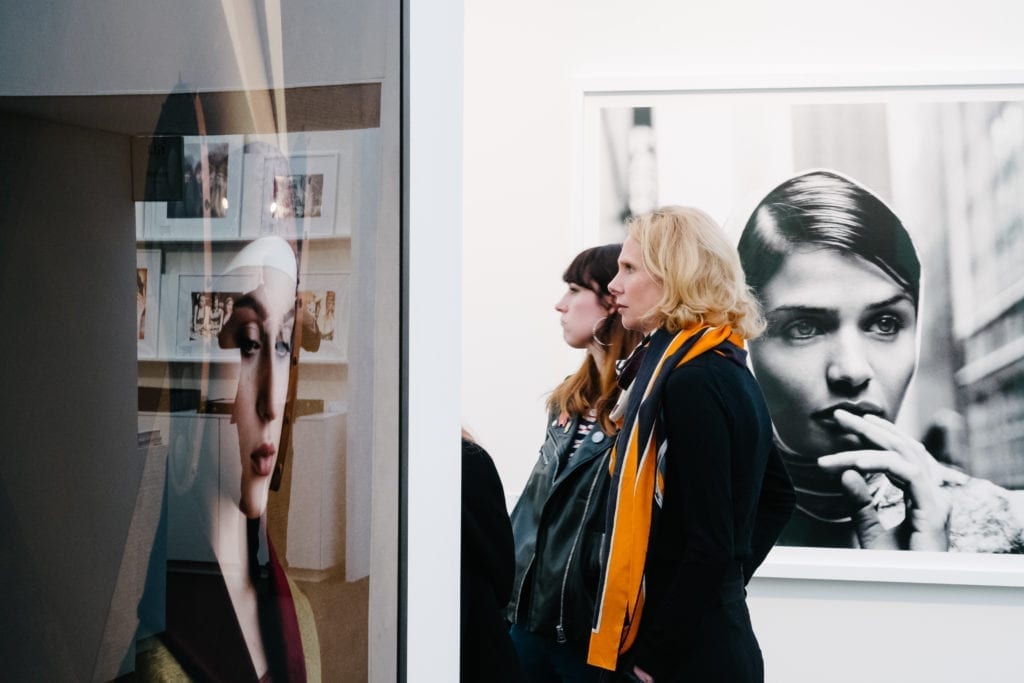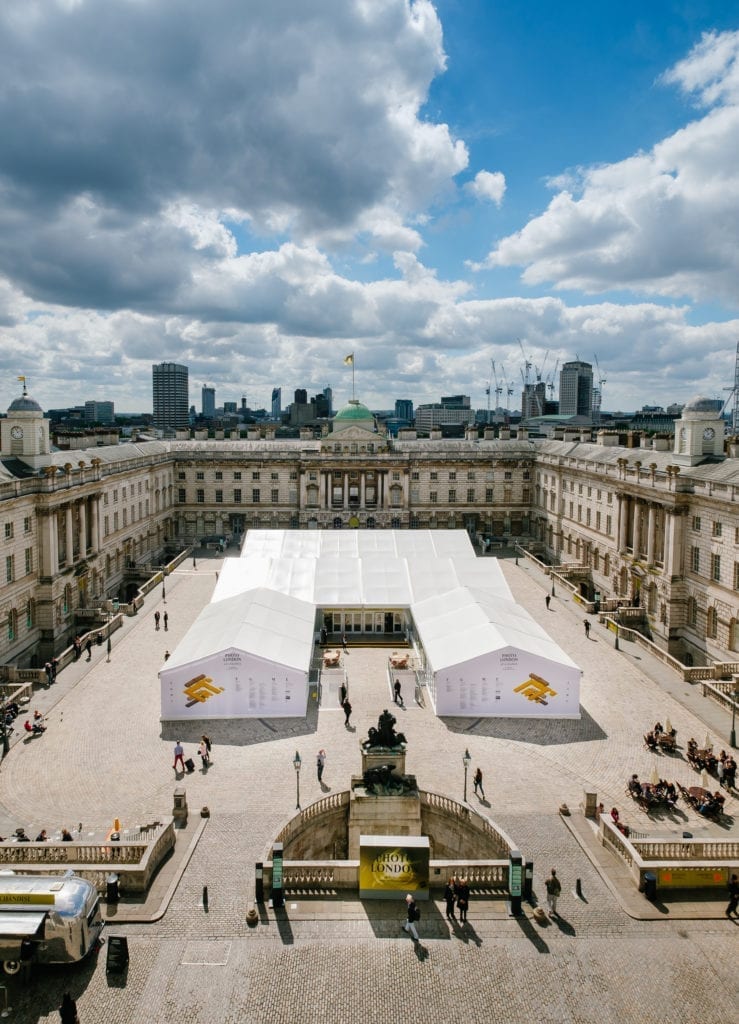Daniel Miller is a photography dealer residing on the west coast of the United States, and proprietor of two galleries in Venice Beach and Santa Monica. He is also the founder of photography collecting site YourDailyPhotograph, an initiative that supplies collectors with a variety of images to their inbox each day, which they can then purchase from a trusted source. With more than 7,000 collectors from 75 different countries currently subscribing, Miller has developed a wealth of knowledge on the current photography market, including on key market trends and driving factors. Here he offers some of his advice on collecting in the current art photography market, to coincide with the release of our first free e-guide, The Beginner’s Guide to Collecting Photography.

Why is now a good time for people to invest in the photography market?
Globally, photography is one of the youngest categories of collectable art. As such, there are still terrific deals available to collectors looking for great images.
Specifically looking at the UK, the photography market has great room for growth. Photo London is the UK’s first photography fair and is only on its fourth year. France and the US, for example, have much longer histories of photo collecting. The UK is catching up with these markets. If we track the American photo collecting market over the last 20 years, it’s clear that now is a great opportunity to collect in the UK. The market has great room for growth as photo collecting becomes more common.
In your opinion, what are some of the key factors driving the current photography market?
Our society is built on images these days. Photographs are being accepted as artwork, and in many cases are a more affordable way for collectors to enter the art market.
I can’t speak for the UK, but I think that as the stock market is up in the US, people are feeling more secure in their investments. They are collecting all kinds of different things. Car sales are way up at the moment, for example, which I think just comes with a general better feeling about the economy. When people feel less constrained by financial burden, they’re going to be more apt to collect.

Do you think that the saturation of images on social media plays any part in driving the photography market?
I think the downside of social media is that images have become a commodity because they are just everywhere. The upside is that perhaps they play a larger role in life because people are using them and viewing them more. It’s a double edged sword; they’re more common so people may feel stronger about collecting them, but people are also over-saturated by them and don’t understand the value of collecting something when they can get it on their computer or iphone for free.
Social media needs to be really carefully managed from an image point of view; most photographers don’t manage their social media to optimize their sales, and that’s a really big factor. Most photographers are using social media to gratify themselves and are not really thinking about the actual collectible marketing aspect of it. For example, they put too many images out, and in the photography market, preciousness drives value, so when something is less seen, it contains more value. The problem with social media is that it can inundate people with a certain image that they’ve then seen too much.
What advice would you give to new collectors who want to start developing their photographic knowledge?
View lots of good images, every day if you can. We started YourDailyPhotograph.com as a service, to send collectors a few photographs every day. Signing up to that is a good place to start. New collectors should also attend shows like Photo London, and read publications like British Journal of Photography. They must become experts in what the image is and how it reflects on their taste. Different collectors have different ideas about collecting, whether by theme or subject or name, but it all boils down to is whether something is a good image and what makes it a good image. Develop your thoughts to express what you like, and what you don’t like, about any given photograph.

YourDailyPhotograph is a great guide for collectors. Have you noticed that a lot of people using it are first time collectors?
Our subscribers are on the gamut between incredibly established collectors and people who have never bought a piece of art before. We’ve turned a lot of people into image addicts and that is a good thing; even if they are not in a position to buy them, being able show people quality images on a regular basis is possible, and for them to be able to study them and understand them is really strong.
In your opinion, what are the key trends in photography collecting?
We are seeing a resurgence of new and young collectors drawn to iconic or interesting 20th Century black and white classic photographs, especially affordable, anonymous works. We have many collectors who will not buy, own, or look at colour photographs because that’s their sensibility.
There are others who are collecting contemporary modern pieces; large colour pieces are commonplace in every photography fair. There are many collectors who would perhaps be buying large painting work but are now discovering that photography can often be had for a fraction of the price, and they’re driving some of the large colour market. What I like is the fact that I see younger collectors having more respect for older photography and embracing some of the old works; from the 1930s to the 1960s.

